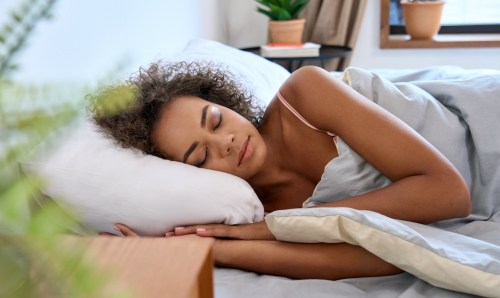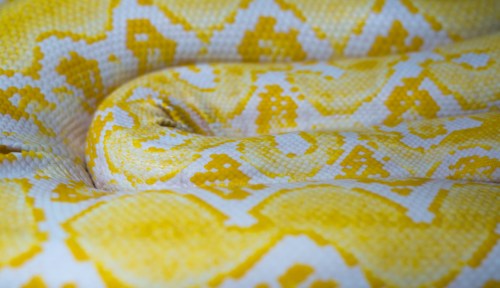Our editors independently select these products. Making a purchase through our links may earn Well+Good a commission
A sleep doctor’s 3 golden rules for nailing the perfect nap
A sleep specialist shares her three biggest tips for how to nap successfully without all the grumpy, groggy feelings that often come after a quick snooze.

Knowing how to nap is a skill I never mastered, even way back when, in the days of play mats and finger painting. It could be due to my body prepping me for a life of late nights and anxious thoughts, but it could also be a result of no one ever teaching me how to do it the right way. Because to this day, whenever I try to sneak in a quick disco nap for necessary purposes of rejuvenation, I wake up feeling crazy groggy.
So, once and for all, I need to know: What rules must I learn to follow in order to nail the perfect nap? Because, given how many people in my life love and rely on this activity, I have to figure it out. The FOMO alone is too real not to at this point, so I tapped a sleep expert for answers.
First things first, I learned about who shouldn’t nap: “Power naps are great if you’re a good sleeper at night and just need a little pick-me-up,” says Shelby Harris, PsyD, sleep-health expert and author of The Women’s Guide to Overcoming Insomnia. “However, if you struggle with sleep at night, napping is not generally advised since it steals sleep from the night.”
Beyond that, though, learning how to nap like a pro only requires you to keep three rules in mind. Check them out below.
1. Find a place that’s quiet, cool, dark, and comfortable
…If you have the luxury to do so, that is. And, if you can’t curate this nap environment for yourself, the good news is that for many sleep-environment problems, there’s a solution. If you live in an urban area with sound pollution, you can find some white or pink noise on YouTube to stream. Or if it’s the middle of the day (and of course it is, you’re napping) you can slip on an eye mask, and feel very Holly Golightly about it.
Keeping things cool as possible in the room is also key. Research shows that a cool body temperature helps promote deeper, more unbroken sleep. And there’s no shortage of cooling sleep products that can help too.
2. Set a timer for 30 minutes, and nap for around 20 minutes
Even though this may not seem like the optimal amount of time for your perfect nap (so short!), there’s a big-deal reason for not wanting to overextend your rest. Namely, you don’t want to fall into the deeper stages of the sleep cycle. “Naps longer than 20 minutes tend to get into deeper stages of sleep, causing one to wake up groggy,” Dr. Harris says.
If you’re already feeling tired (hence the desire to nap in the first place), hopefully that 30-minute allotment will have you drifting off with some time to spare. If for whatever reason (like moderate sleep debt, with anxiety keeping you up) that’s not the case, there are ways around that. The 4-7-8 technique will knock you out in no time. Or take some tips from the military by relaxing your whole body and imagining a…canoe? Hey, whatever works.
3. Make sure that you fit in your nap before 2 p.m.
Or, more generally, make sure it’s after lunchtime and not too close to dinner. When you start to veer later, you throw off your meal schedule and then start to chip away at precious nighttime sleep. Really, the main consideration to keep regarding how to nap effectively is to ensure you use it for a quick energy boost and not as a replacement for the main event.
Tell me more, tell me more: Does resting offer the benefits of real sleep? And, please, tell me the exact time I need to stop drinking coffee in order to snooze soundly.
Sign Up for Our Daily Newsletter
Get all the latest in wellness, trends, food, fitness, beauty, and more delivered right to your inbox.
Got it, you've been added to our email list.










